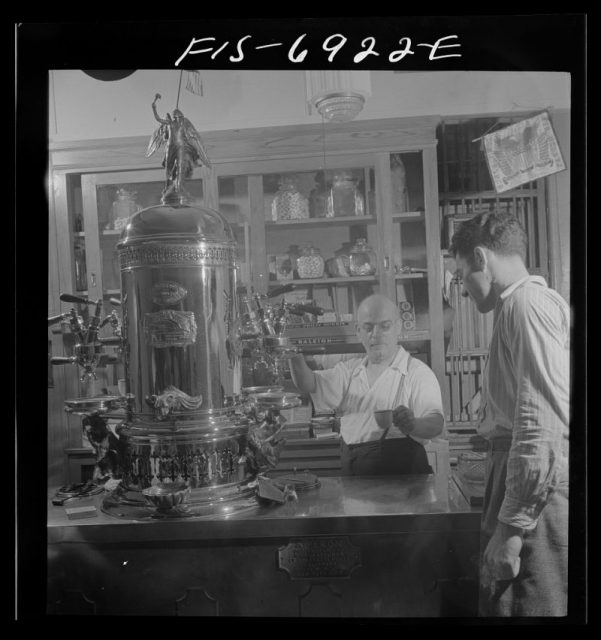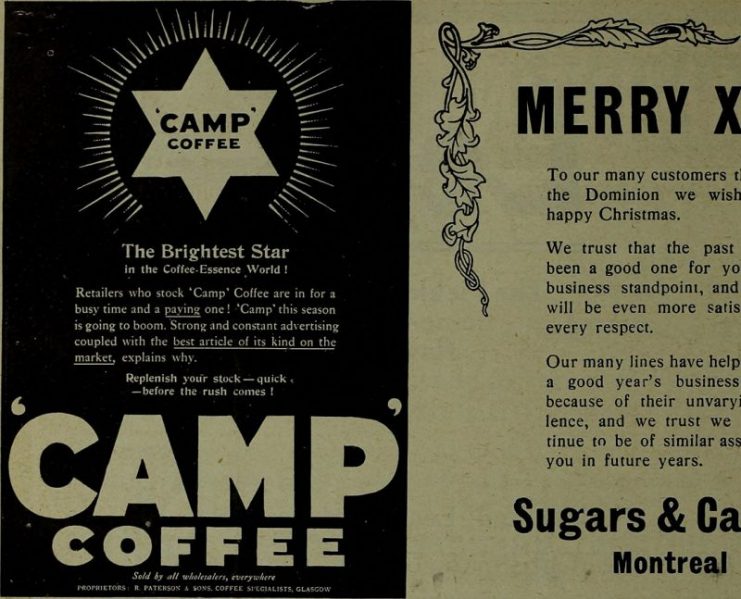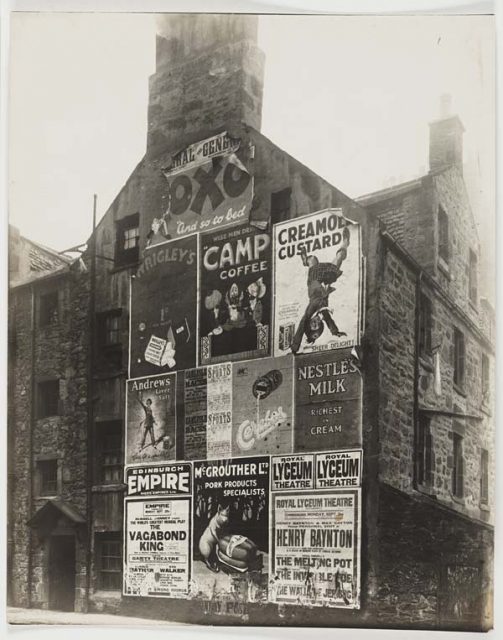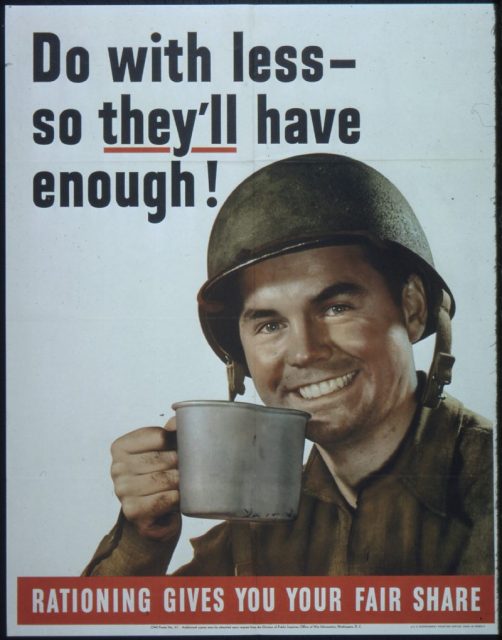The Origins of the Americano
Have you ever wondered why every Italian style coffee house now sells something they call an Americano? For most people, that’s just the name of standard brew made in a coffee machine. But the origins of the Americano go back to the Second World War.
When American GIs were stationed in Italy during WWII they were better off than some of their companions as far as getting a decent cup of coffee went. While rationing and shortages hit most of Europe and the US, these soldiers were stationed in the most coffee-loving nation in Europe.
Unfortunately for them, however, Italian style coffee was not to their liking, as it tasted very different from the coffee they were used to at home. At that time, most Americans used the drip brewing method, in which hot water was poured over the ground beans and left to drip through slowly. The result was a fairly smooth cup of coffee to which they could add a little milk to make a “white” coffee if they preferred.

In Italy, the choice was mostly between cappuccino and espresso. An espresso consisted of one or two shots of very strong black coffee, to be drunk without adding milk, although the Italians often added sugar to take away the bitterness. It would usually be downed quickly in a few mouthfuls.
The milder alternative was the cappuccino. This was a much heavier drink than the standard white coffee the American soldiers were used to drinking at home. It was made by adding frothy hot milk to a cup of the strong espresso.

The Italian baristas solved the problem for their visitors by offering a cup of hot water on the side to dilute the strong espresso. As this seemed to be a popular solution, it soon became standard practice to put the espresso into a larger cup and top it up with hot water.
Milk and sugar could then be added as desired. This style of coffee was referred to as a café Americano and was later shortened simply to “Americano,” as it is known today all over the world.

Camp Coffee
Not all attempts to adapt our love of coffee to the necessities of war have been quite so successful.
In 1876 the first commercial attempt to make some sort of instant coffee resulted in a concoction known as Camp Coffee, which is still produced in Scotland today. Camp Coffee is a mixture of chicory, water, and sugar. It was sold in bottles as a concentrated dark brown liquid, to which one would add a cup of hot milk.

The motivation behind Camp Coffee was to provide an easy way for British soldiers serving in far-flung parts of the British Empire to make coffee. It was originally made for the Scottish regiment of the Gordon Highlanders but become popular with many other regiments and was drunk by British soldiers throughout the world.
When roasted, chicory has a taste which some people say is similar to coffee. But the main resemblance to real coffee is mostly in the way it looks, which can, of course, be effective in fooling the mind into thinking one is really drinking coffee.

The recipe and bottle remains much the same today. The only difference in the design is that the original label showed a British sergeant major being served coffee by his Indian servant, which was typical of its colonial origins. The modern version shows the two men sharing the drink on a more equitable basis.
Unfortunately, as well as not tasting very much like coffee, Camp Coffee also contains no caffeine, so it doesn’t provide the energy boost people look for in a cup of coffee. Despite all this, Camp Coffee still survives and is produced today in the same Scottish factory, although it is generally more popular as a baking ingredient than as a drink.

Wartime Coffee Rationing
Food scarcity is common during times of war as energy and resources are diverted to the military effort and transportation becomes more difficult. Like many important foodstuffs, coffee supplies were severly interrupted during both World Wars.
By the time WWI began, coffee was a popular drink although still thought of as a luxury item in the US and across Europe. Coffee was brought from Asia and South America and taken to the key trading centers in Europe known as the Coffee Exchange.

One of the largest stocks of coffee was held in Hamburg, but Britain and France and their Allies could only buy from neutral countries such as Holland and Sweden, which imported coffee from their colonies and former colonies. Despite their large stores of coffee, German civilians also suffered from a coffee shortage, since their government bought it all to provide supplies for the military.
A similar situation arose during the Second World War, this time affecting America more than before. Despite the fairly close proximity of coffee producing countries, the USA could not spare the means to ship coffee from its Latin American neighbors. As a result, the US suffered a coffee shortage.

The US introduced coffee rationing in 1942 while the surplus stock of coffee produced to its south went to waste. As with most rationed goods during the war, there were usually ways of acquiring them for a price, and coffee was one of the commodities available in the black market.
Coffee Substitutes
To satisfy their need as best they could, people fell back on a variety of both commercially produced and homemade substitutes. Chicory was still a popular option, but almost anything that could be roasted and ground up to resemble coffee was worth trying. Roasted grains, particularly barley and roots as well as acorns and beech nuts, were tried with varying degrees of success.
Apart from the taste which was less than ideal, none of these substitutes contained caffeine. To some, the lack of caffeine may have been a bonus as decaffeinated coffee was not yet widely available. The majority, however, probably missed that important aspect of their regular cup of morning coffee.
